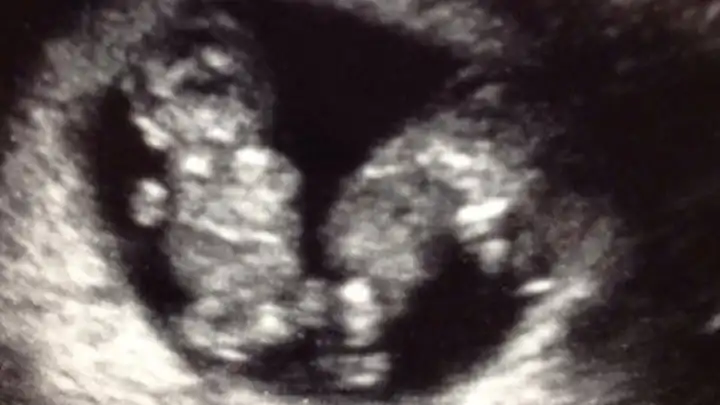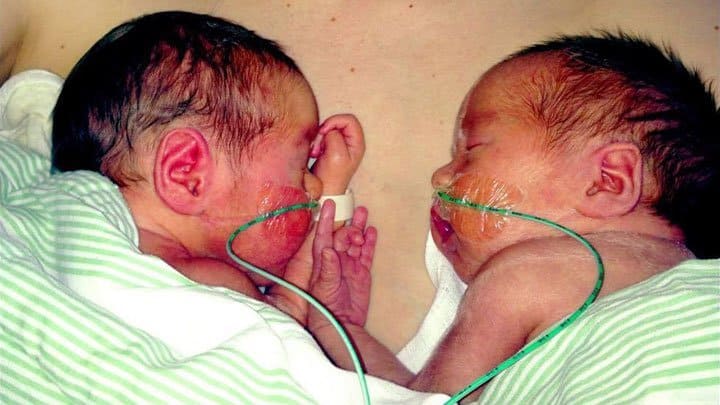Color difference may help distinguish between acute TTTS and TAPS
A study from July 2017 explores whether placental color difference might help distinguish between acute peripartum Twin to Twin Transfusion Syndrome (TTTS) and Twin Anemia Polycythemia Sequence (TAPS). The study was published in the international journal Placenta. The journal relays information on all scientific and clinical investigations pertaining to placental research. Pictures of placentas from 84 women were included in the study. The placentas had all been examined at Leiden University Medical Center in The Netherlands.
Large color difference
25 of the 84 women had been diagnosed with TAPS and 5 with acute peripartum TTTS. A control group of 54 women with uncomplicated monochorionic placentas were also included. An image-processing program was used on the pictures and the color difference ratio was calculated. The study showed that TAPS placentas show a large color difference, whereas acute peripartum TTTS placentas show no color difference. The researchers are hopeful that placental color difference might serve as an additional diagnostic tool to distinguish between TAPS and acute peripartum TTTS.
[tabs style=”simple” layout=”horizontal”]
[tab title=”What is TTTS and TAPS?” icon=””]Twin to Twin Transfusion Syndrome (TTTS) is a complication of disproportionate blood supply in the placenta. TTTS happens because there are blood vessels within and on the surface of the shared placenta connecting both twins. Usually, these vessels allow blood to flow evenly between the babies, but, in rare cases, the blood flow is unbalanced.
Twin Anemia Polycythemia Sequence (TAPS) can be viewed as a passive form of Twin to Twin Transfusion Syndrome. In TAPS a few small artery-to-vein connections on the placenta allow a slow transfusion of blood from a donor twin to a recipient twin. This creates an imbalance of red blood cells between the babies, that gradually becomes highly discordant. This makes the donor baby anemic, whereas the recipient baby produces thick blood (polycythemia). There are no amniotic fluid discordances in TAPS. Read more about TTTS and TAPS. [/tab]
[/tabs]














